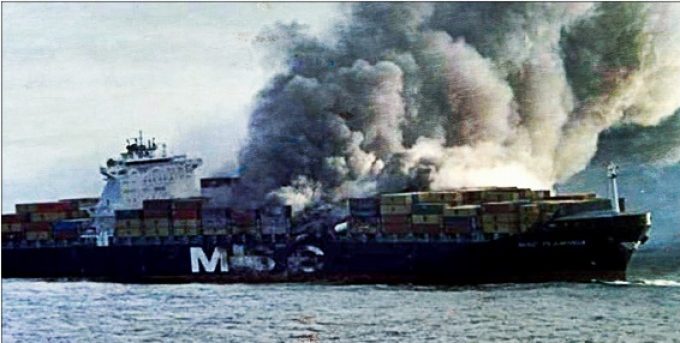MSC orders spark concerns of anti-competitive behaviour and an H2 rate drop
Swiss-headquartered shipping behemoth MSC has added more container ships to its shopping cart, but there ...

Container shipping could be on the cusp of a new era of safety and transparency, thanks to a combination of container-telemetry devices, and electronic bills of lading (eBLs), leaving less room to hide for shippers misdeclaring their cargoes.
The ability to measure changes in temperature in ...
CMA CGM South Korean staff strike over bonuses after bumper 2024 profit
MSC switches two more Asia-Europe port calls from congested Antwerp
CMA airline returns two freighters, while ANA takeover of NCA looms
Nightmare for Bangladeshi exporters as congestion and tariffs bite
Tradelanes: Export boom in Indian sub-continent triggers rise in airfreight rates
Carriers introduce surcharges as congestion builds at African ports
Ports and supply chain operators weigh in on funding for CPB
Front-loading frenzy has made traditional H2 peak season 'unlikely'

Comment on this article